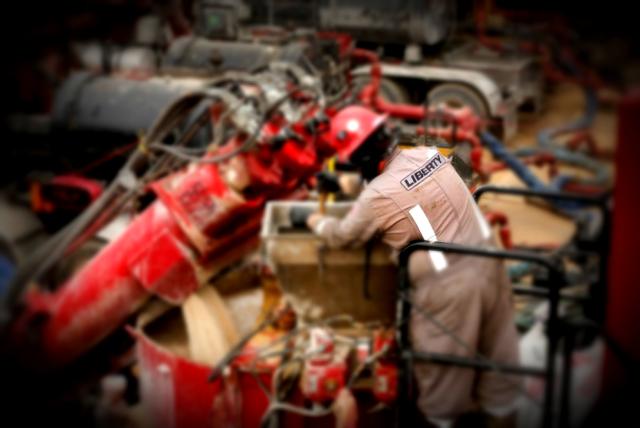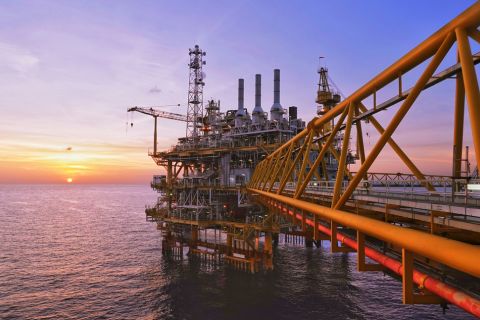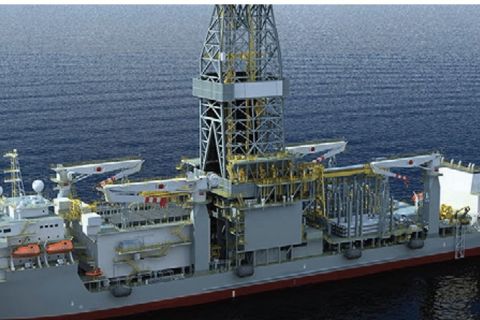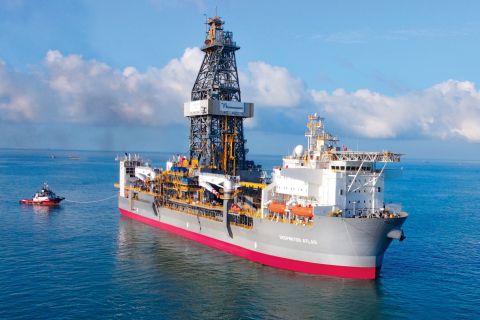
(Source: Hart Energy)
Learn more about Hart Energy Conferences
Get our latest conference schedules, updates and insights straight to your inbox.
[Editor's note: This story originally appeared in the March 2020 edition of E&P. Subscribe to the magazine here.]
You have listened to the discussion on the drilling side about the rig of the future for the last two decades. Now that conversation has turned to the stimulation fleet.
To be sure, some attributes about the stimulation fleet of the future are a reality, including the development of quiet fleets for use in populated environments along with the evolution toward containerized sand that removes dust and noise from the well site.
The road to the future for the fracture stimulation sector involves the evolution of the fleet from diesel fuel reciprocating mechanical power to dual fuel power (field gas and/or diesel), or for deploying natural gas turbine powered technology via electric stimulation fleets.
Liberty Oilfield Services Inc. recently completed a white paper examination of the environmental, social and governance aspects regarding emissions, economics and efficiency profiles surrounding next-generation stimulation technology options including Tier IV diesel engines, Tier IV dual fuel engines and gas turbine powered electric fleets.
The study reviewed greenhouse-gas emissions case studies in shale basins with an emphasis on the Permian and Bakken. Stimulation fleet emissions include nitrogen oxides (NOx), carbon monoxides (CO) and volatile organic compounds. Power package innovations for stimulation fleets build upon successful efforts to reduce sulfur oxides in diesel engines that have dropped over the last two decades from 5,000 ppm to 15 ppm.
A cross benefit of newer power technologies is the ability to use field gas as a way to reduce onsite flaring, which has environmental benefits and offers a way to improve industry optics with the public. This latter consideration might become a major driver in substituting natural gas and dual fuel powered engines for diesel only stimulation fleets in the future.
E-fleets, or natural gas powered turbines, currently dominate headlines. The Liberty study is the first to examine the competing technologies in depth. A challenge for e-fleets involves emission profiles that are highly sensitive to the density of air at the compressor, which diesel engines mitigate via turbochargers. Liberty’s study found that e fleets have higher greenhouse-gas and CO emissions than Tier IV dual fuel fleets but contribute lower NOx emissions. Both Tier IV dual fuel and e-fleet technologies offer significantly lower emission profiles than Tier IV diesel only fleets.
Tier IV dual fuel fleets provide a better return on initial capital investment versus e-fleets even at a fleet cost 5% higher than $40 million for Tier IV diesel only fleets, while gas turbine e-fleets are 50% higher. Tier IV dual fuel and e-fleets both offer fuel cost savings per stage versus Tier IV diesel fleets while e-fleets experience lower maintenance and hourly operating costs.
Head to head, Tier IV dual fuel fleets consume significantly less natural gas than e-fleet turbines because of higher thermal efficiency, and this holds across different operational levels where efficiency is defined as pump time per day.
Other considerations include the availability of backup fuel if field gas is interrupted or of poor quality versus the regional availability of CNG or LNG. E-fleets offer an option to plug into the electric grid and forego field gas, although infrastructure availability is an issue. Quality of field gas is an issue for both Tier IV dual fuel and e-fleets.
The choice of which technology to adopt involves trade-offs when considering efficiency, economics and emissions. The study indicates that when economic times improve and the industry once again considers updating its stimulation fleet technology, both Tier IV dual fuel and gas powered turbines in e-fleets provide viable options to capture operational efficiencies while reducing emissions and lowering the cost per stage for customers.
Recommended Reading
Petrobras to Step Up Exploration with $7.5B in Capex, CEO Says
2024-03-26 - Petrobras CEO Jean Paul Prates said the company is considering exploration opportunities from the Equatorial margin of South America to West Africa.
E&P Highlights: April 15, 2024
2024-04-15 - Here’s a roundup of the latest E&P headlines, including an ultra-deepwater discovery and new contract awards.
CNOOC Sets Increased 2024-2026 Production Targets
2024-01-25 - CNOOC Ltd. plans on $17.5B capex in 2024, with 63% of that dedicated to project development.
Valaris Updates Fleet Status
2024-02-19 - The backlog of these contracts and extensions is valued at $1.2 billion.
Rystad: More Deepwater Wells to be Drilled in 2024
2024-02-29 - Upstream majors dive into deeper and frontier waters while exploration budgets for 2024 remain flat.





